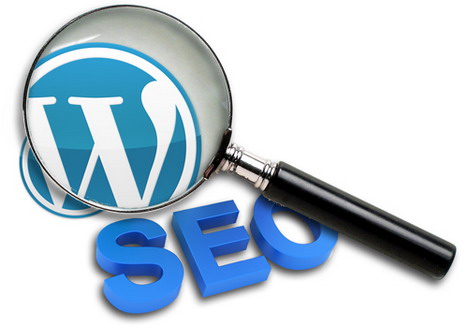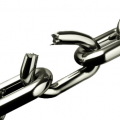10 SEO Tips: How to Optimize WordPress Blog
Understanding SEO (Search Engine Optimization) can help search engines crawl and index your blog correctly. This makes your blog rank well in search results pages which helps to increase both web traffic and ad revenue. There are myriad of SEO tips and tricks available on the web, but which one should you apply to your blog? Some bloggers prefer to pay premium price hiring professional SEO companies to optimize their sites. Before you decide to go for this way, here are some basic and effective SEO tips you can use to optimize your WordPress blog. Give them a try to improve your blog ranking in the search results.
If you have any tips for SEO, share with us in the comments below.
Writing Quality Content
Content is king when it comes to SEO. Make sure you have sufficient quality word content for search engines to examine, so that they can give you a high “score”.
Writing Content with Searchers in Mind
When you are writing something that you want to be found on the web, try to include words or phrases people would normally use to find your information. This increases the chance of people visiting your site.
Creating Good Permalink Structure
WordPress allows you to set your links to appear exactly how you want them to appear. To do that, go to your WordPress administrative area and then click on Settings > Permalinks. Now you can either select from a number of predefined options or you can create a custom URL structure for your permalinks and archives.
Optimizing Title of the Blog Post
When it comes to blog post optimization, the first step you can take is incorporate keywords into the title of your post, which will also be included in the URL of the page automatically. This makes your page rank higher in the search results while creating interests to your potential visitors. However don’t overstuff the keywords, Google and other search engines use a maximum of 60 characters for post title.
Using Meta Description Tags
Although meta description tags no longer used by Google in their search algorithm, these tags still appear in the search results which provide a good opportunity to engage your potential visitors. So there’s no harm to use meta description tags to attract more visitors.
Using Headings
Heading is another good way for optimizing your blog post. Google and other search engines give more importance to text that’s identified as “heading”, so make sure you incorporate keywords into it. In addition to improving the SEO for your site, using headings also makes your posts more clear and organized.
Using Navigation Links
Good navigational links to pages, categories and archives helps search engines crawl your site effectively, moving smoothly from page to page. This helps them gather the information they need to include your site within their database.
Maintaining Clean Code
To help search engine bots crawl your site successfully, make sure there’s no errors in your code. The entire site code must be validated.
Optimizing Images
Optimizing photos and images play an important role to make your blog post rank higher in the search results. Since search engines can’t “see” images, so it’s crucial to provide sufficient information to every image used in the post such as filename, title, alternative text as well as description.
Installing Third-Party Plugins
There are a number of third party plugins which can be used for search engine optimization such as All in One SEO Pack, Google XML Sitemaps, Platinum SEO Pack, etc. They are all free and easy to use.
(Image Source: Wpth.net)
Tags: blogging, plugin, seo, tips & tricks, web development resources, wordpress resources










































